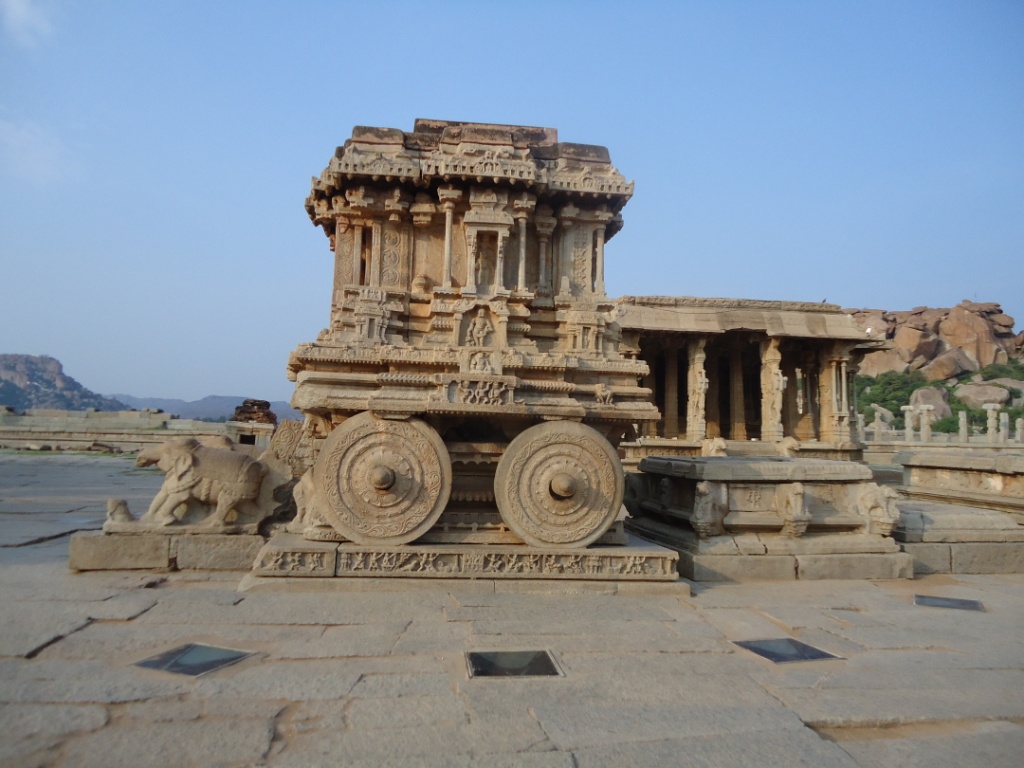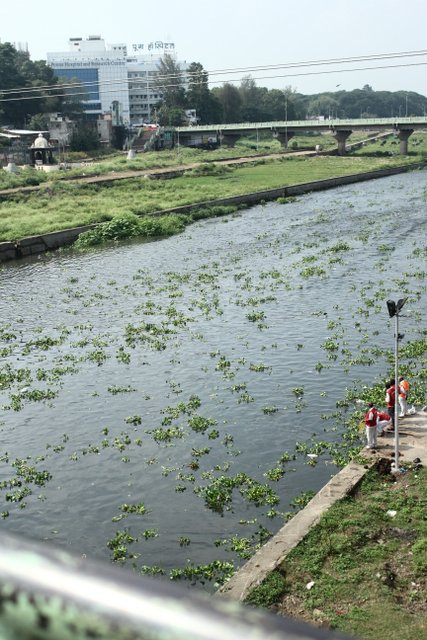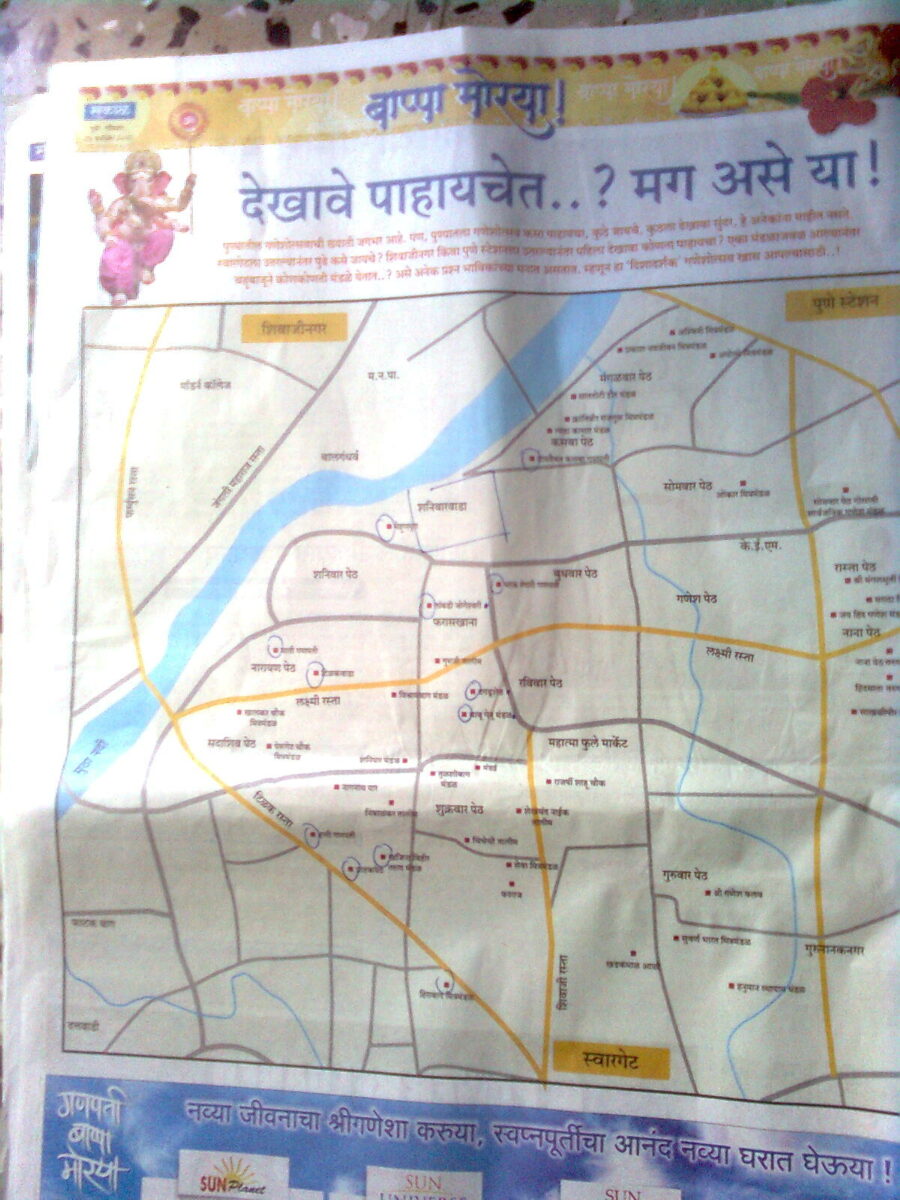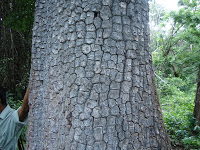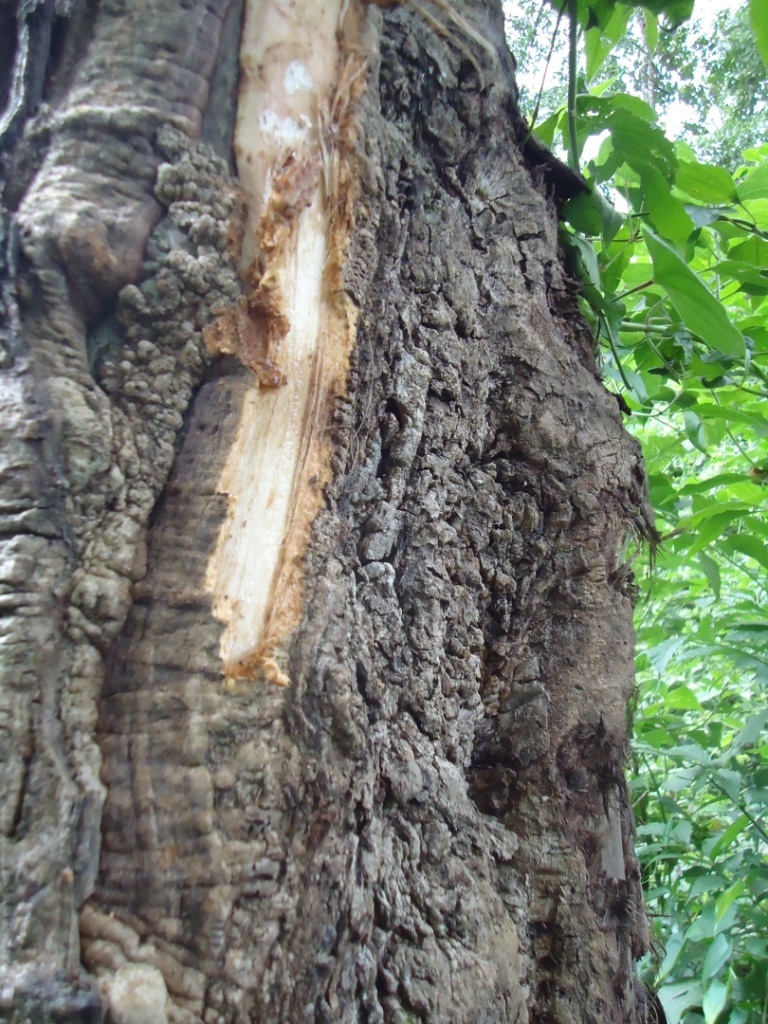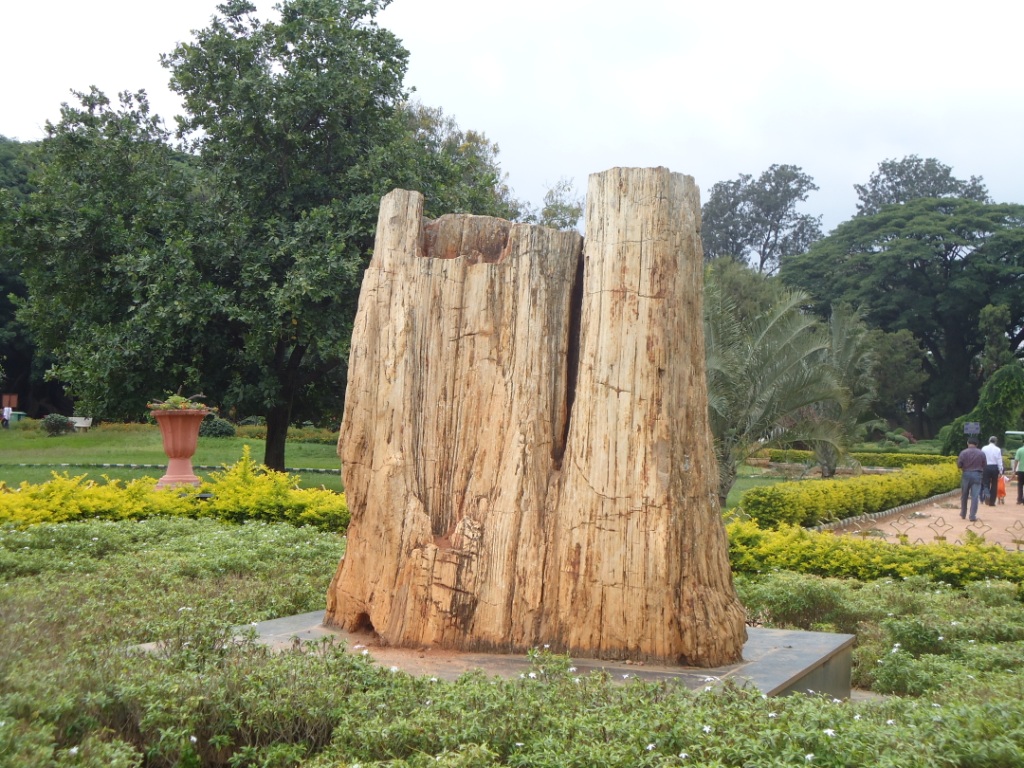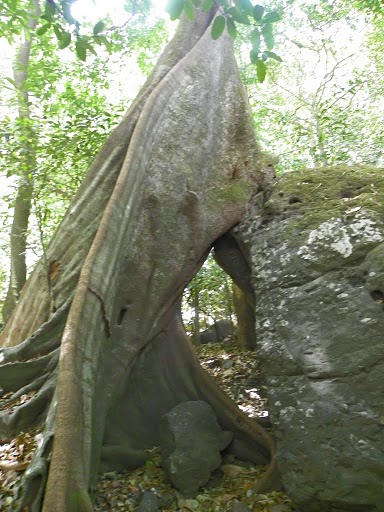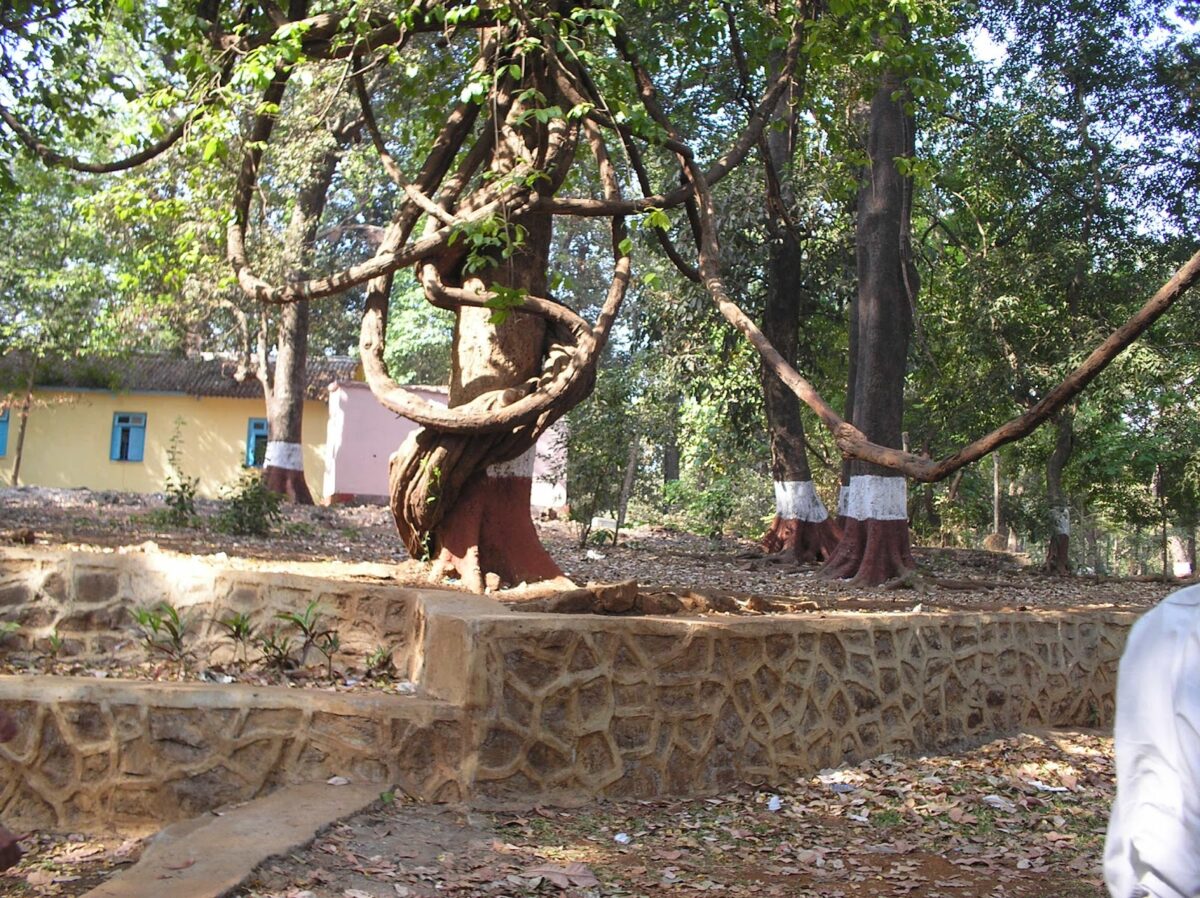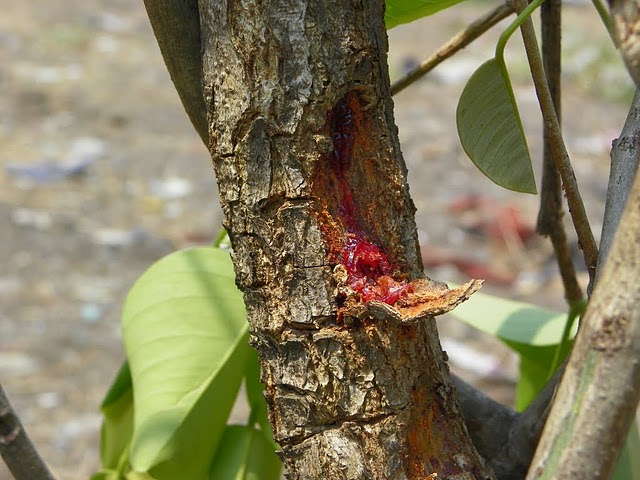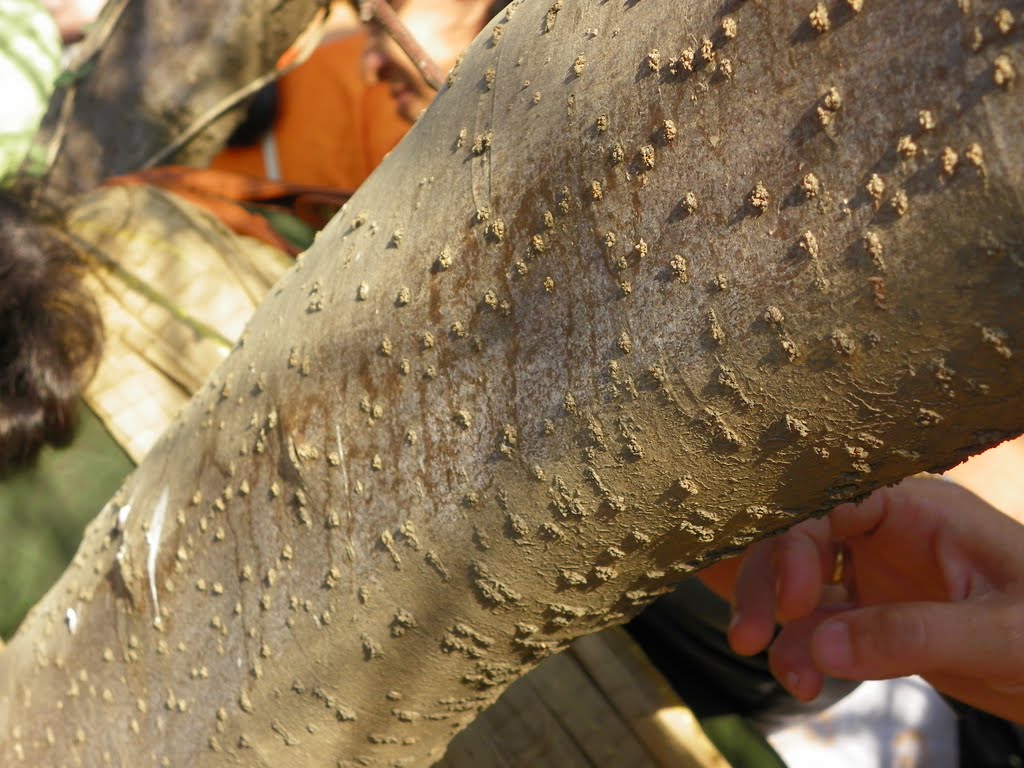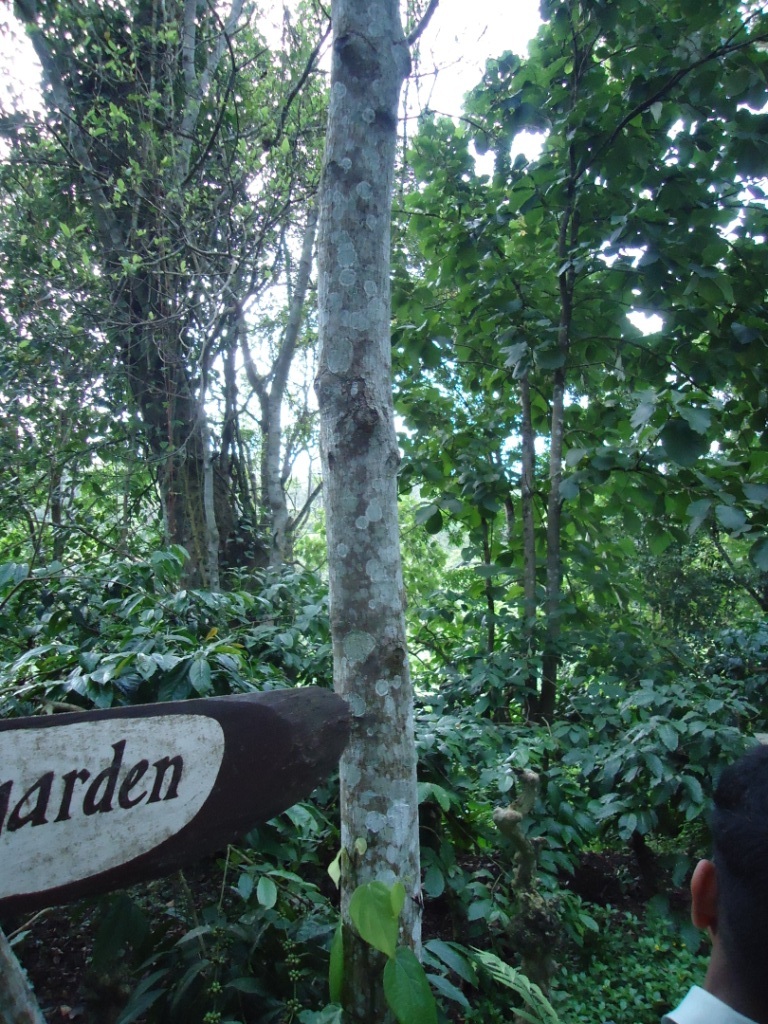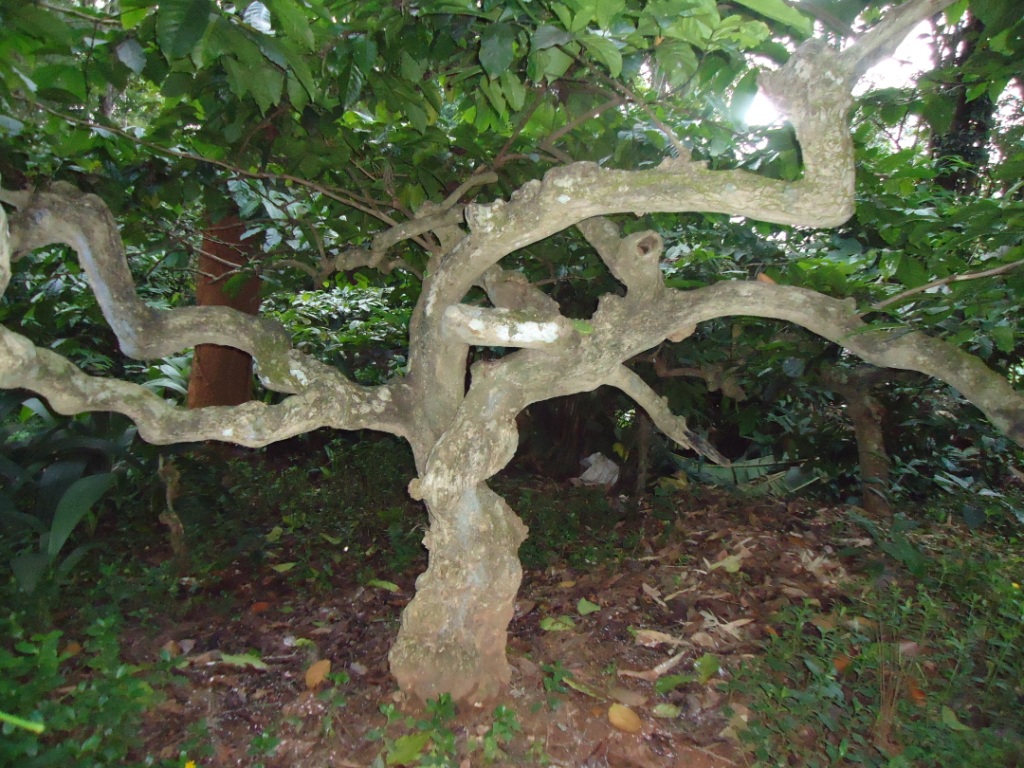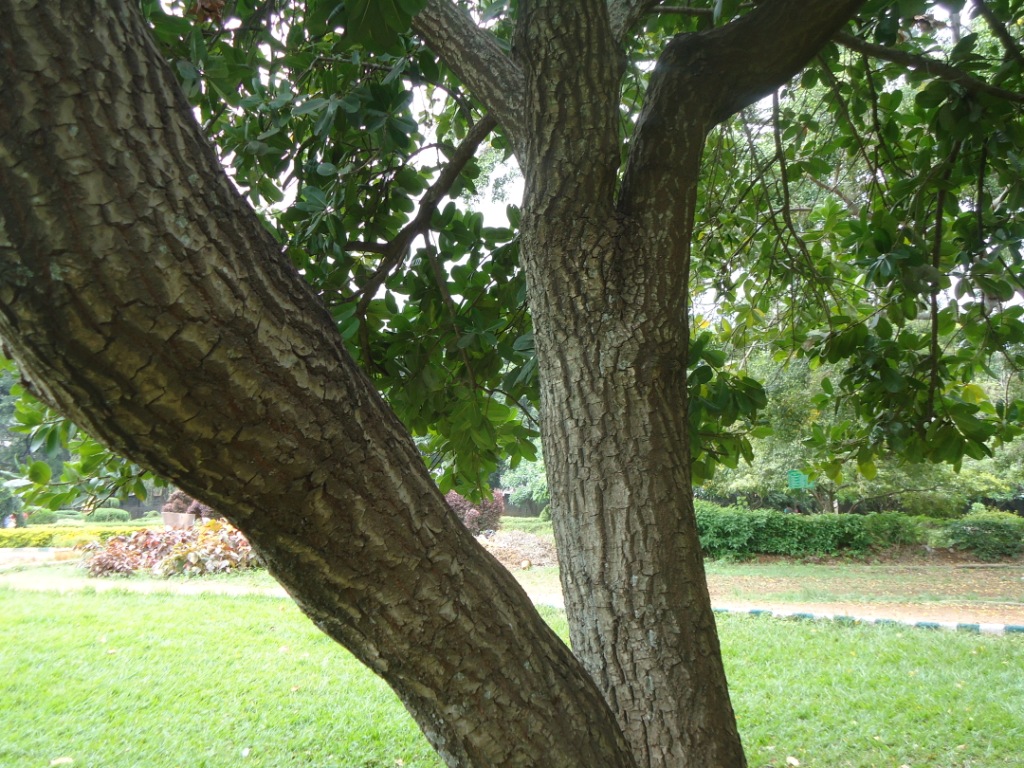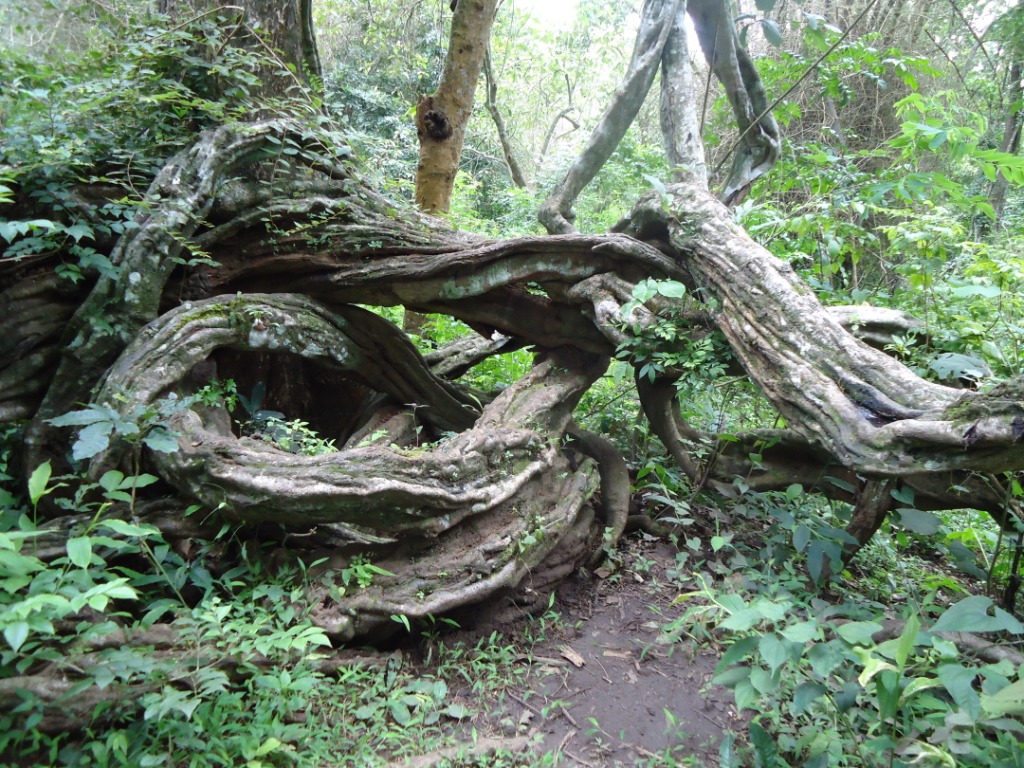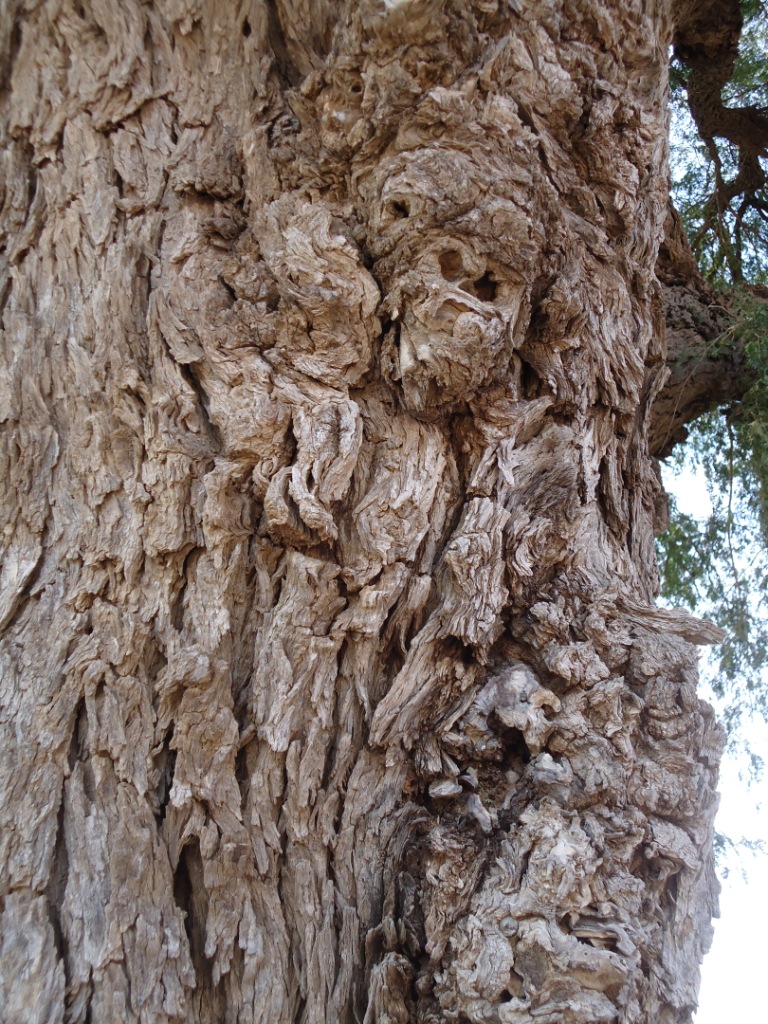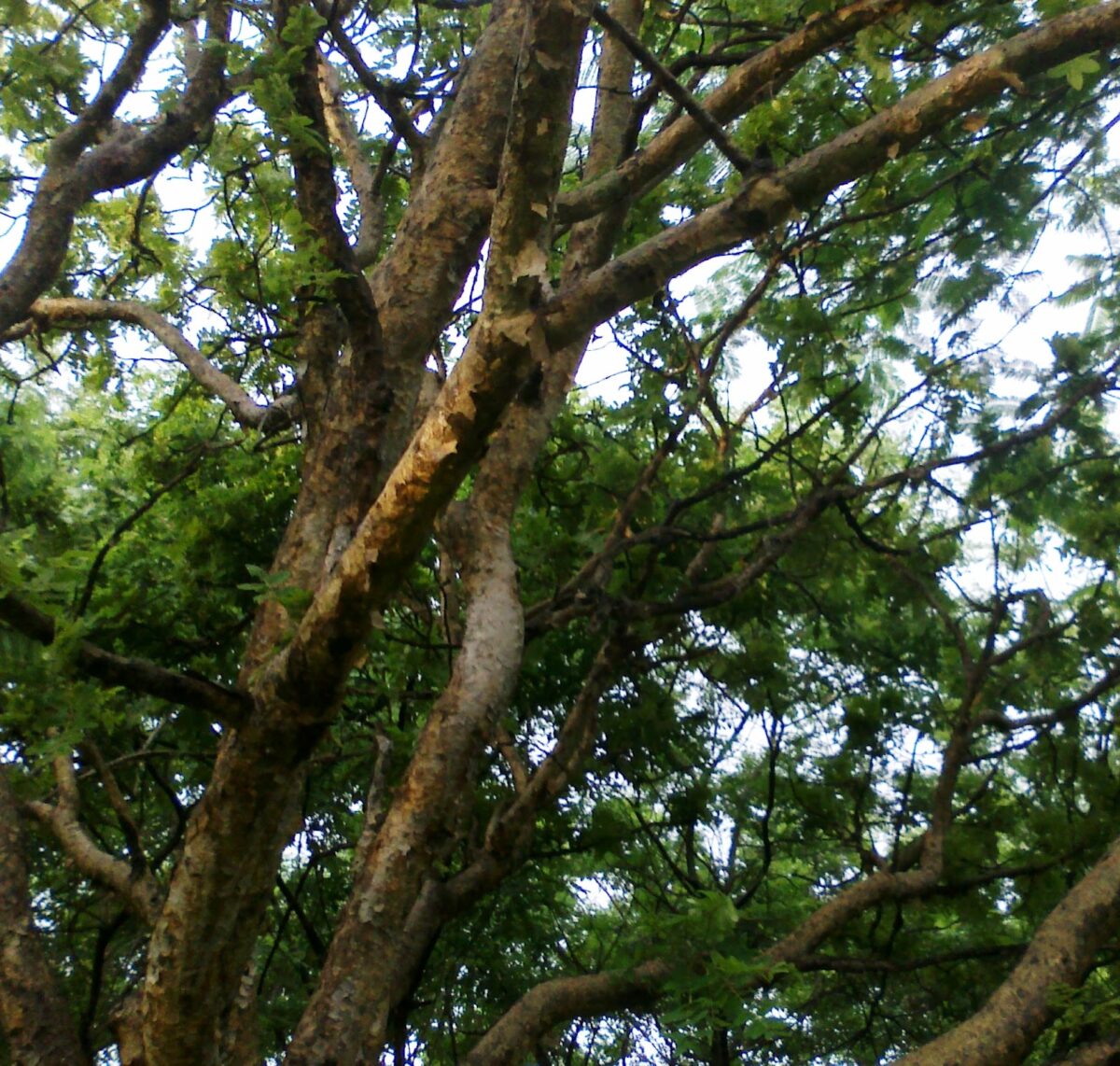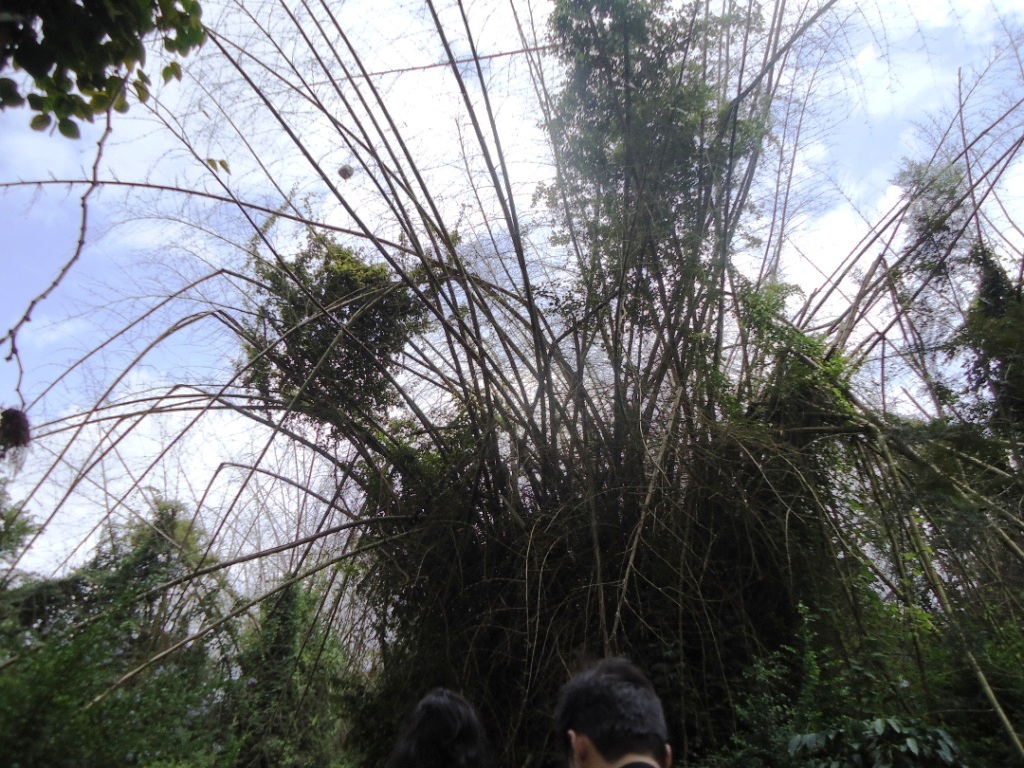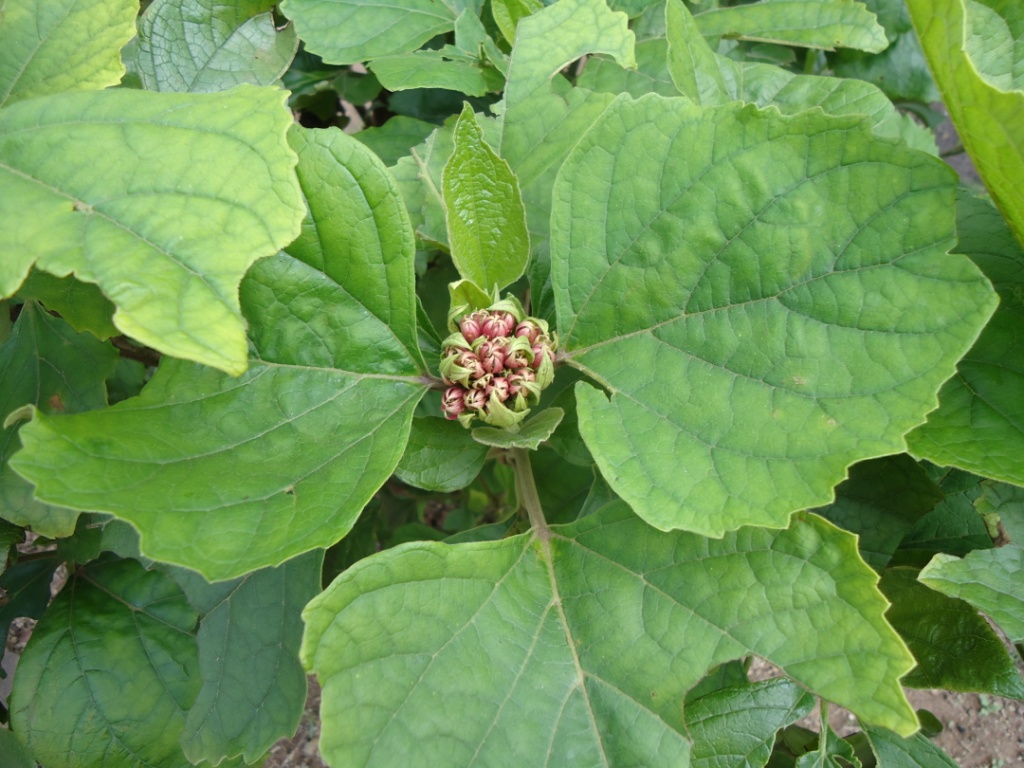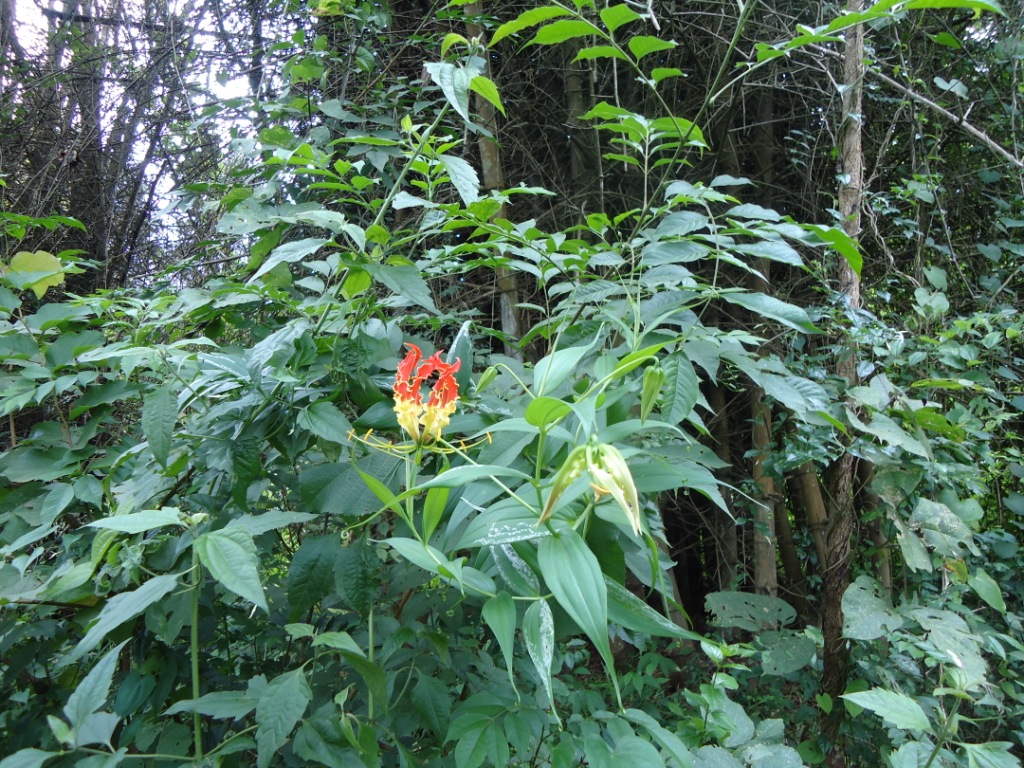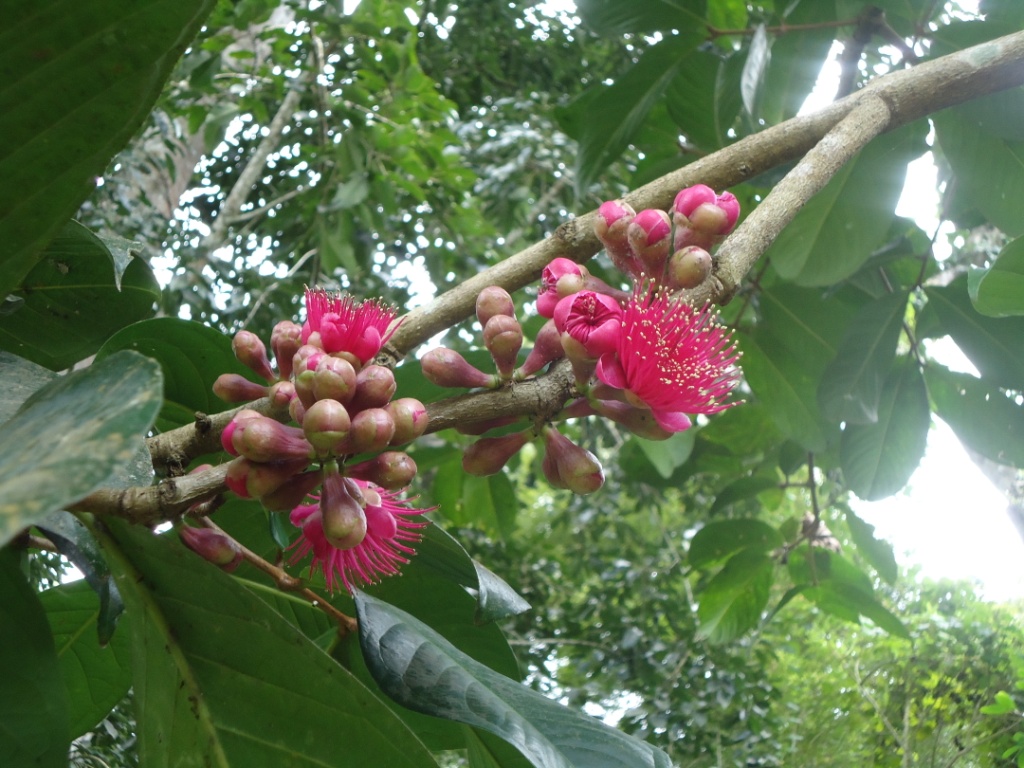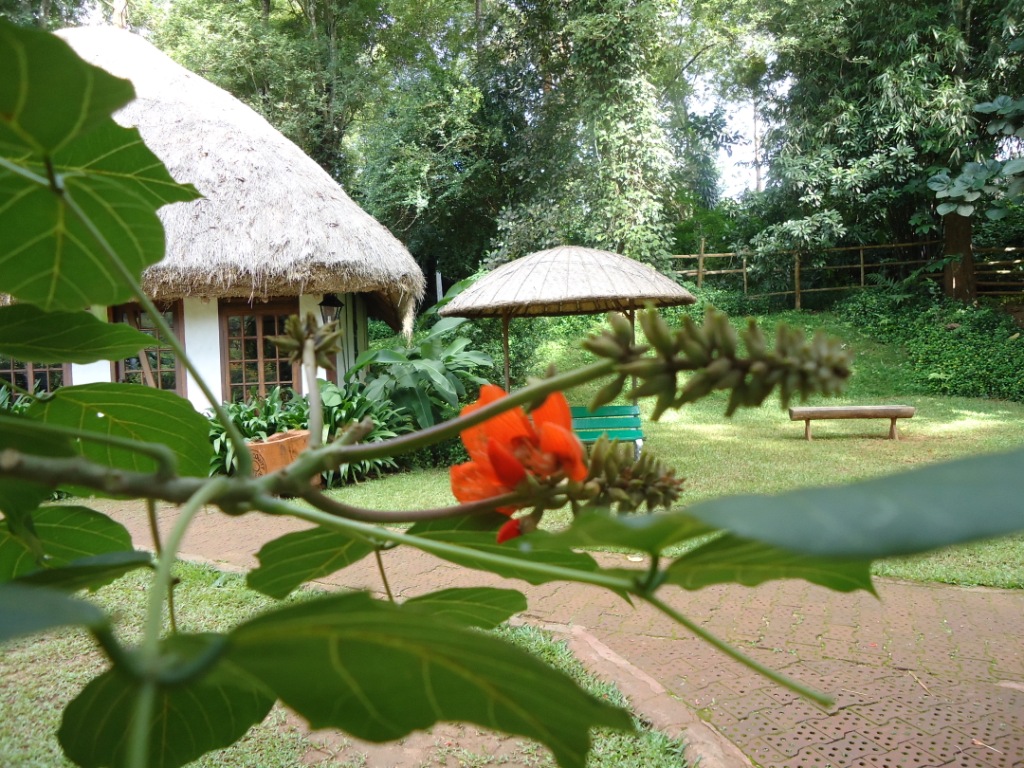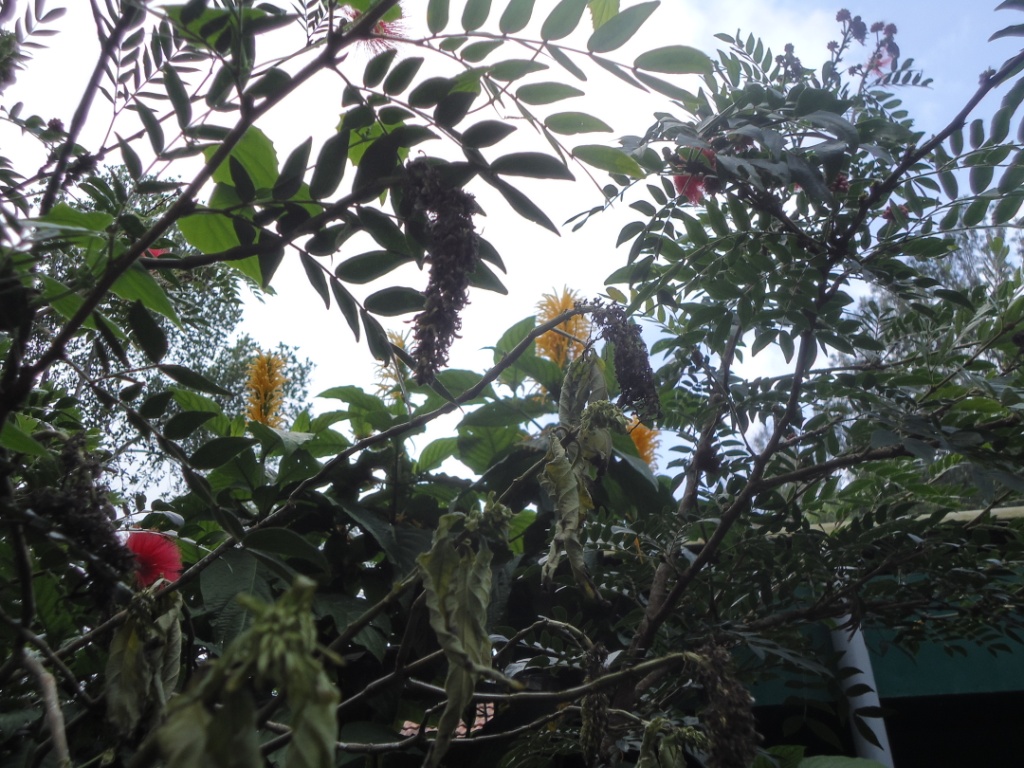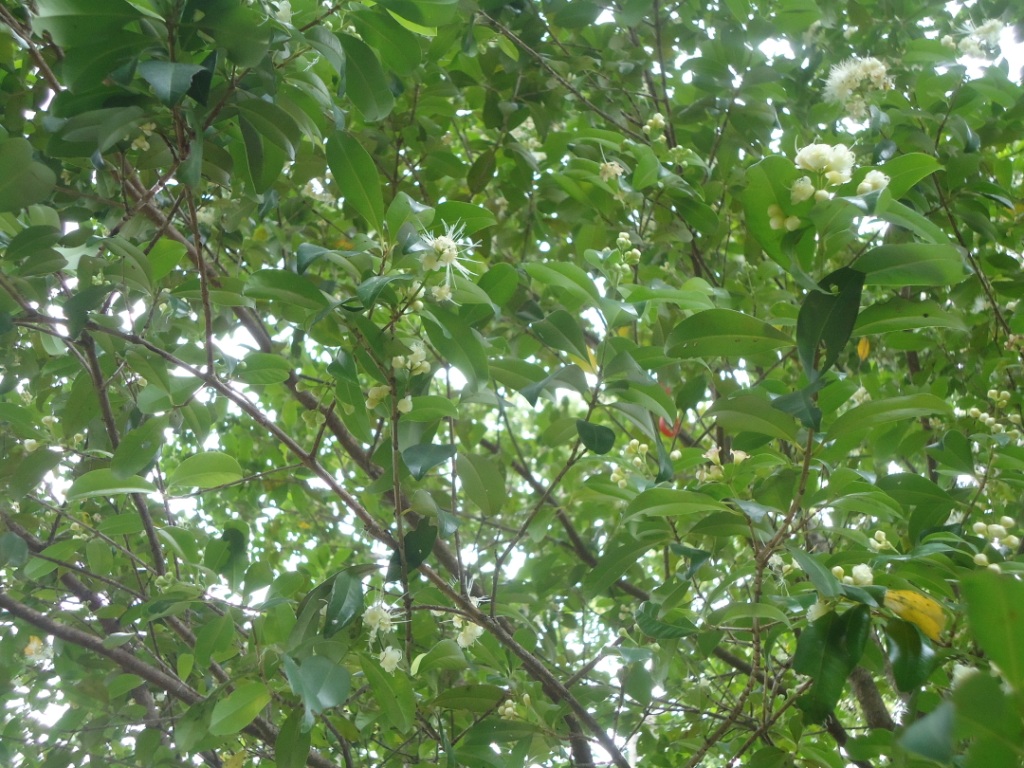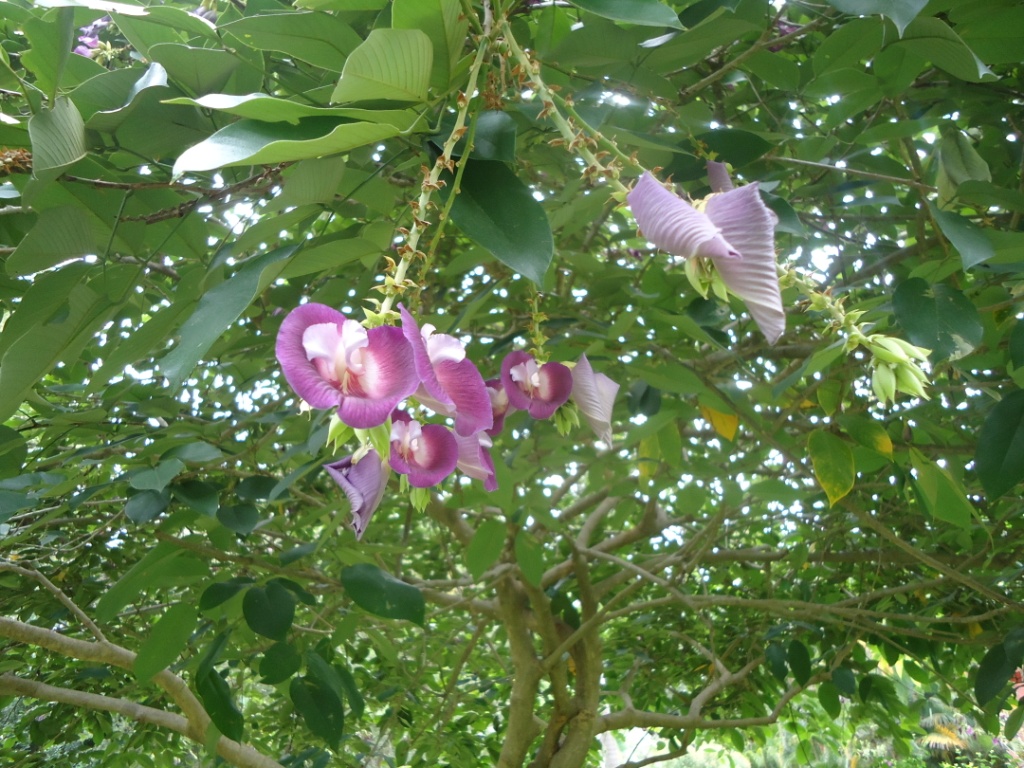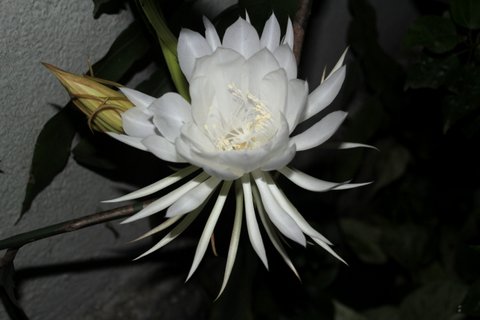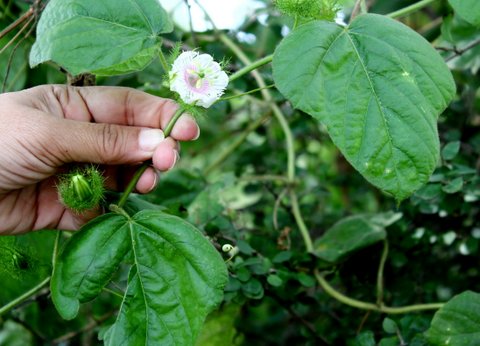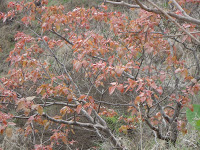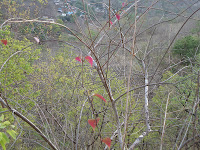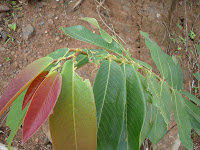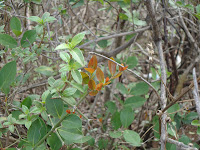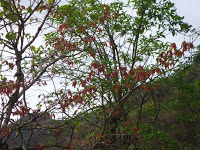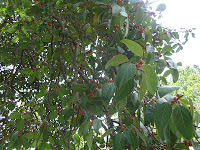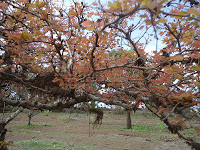Advancing age doesn’t mean that work recedes – and I don’t mean ‘work’ as in professional work – rather the pile of ‘things’ to be done seems to increase without one even realising it. Whatever be its source, work must be done and done in its time for it to have any meaning….
Talking of advancing age reminds me of a post I had written earlier and published on a website called 4indianwoman in October 2008. Its not available online anymore hence I repost it here, celebrating the fourth decade!!
age. The answer you get may not necessarily be entirely correct! Some gallantly
say that no woman is older than 35. However much we may shy away, none of us
can halt the march of Time.
the dreaded 40 milestone. I was too busy in my ‘sansar’. Each birthday
meant celebrations though I don’t remember having any parties when I was a kid
but more than made up while in the IAF.
matter?
first appearance of silver (not white!) in my hair. That was promptly dealt
with Mehendi initially and later with more expensive (not necessarily)
better tubes! You wont find many women crediting their white hair for
experience- there isn’t any to! It would be more like the burgundy, black,
browns or now blond!!
thought. The next brush with my age came up when I went looking for a job in
Pune. While I did not have an issue with belonging to the baby boomer group
prospective employers certainly did as I got some really startling responses to
my searches. Most seemed sceptical about my commitment. The really frank ones
said what do you need to work for? This is not your age to work? Age to work?
Hey I was just touching 40! Usually the person giving me this advice was
someone touching 60!
skin? These comments forced me to increase frequency of trips to the parlour
that lightened my wallet but did nothing much for my face. At least I thought
not.
working with someone slightly over half my age. It wasn’t so difficult actually
in fact I think our combination worked quite well. Anyway I was not willing to
get into a rat race and quit the job.
to my account. I joined the gym, which did wonders for my ego that had been
bruised often in the age department. I found I could lift as much and more weights
as a 20 year old and was certainly more flexible. Looking around I realised
that most ladies of my ‘age group’ had this quality! Hooray! I guess that meant
I had future bone, joint and hopefully heart troubles under control!
weakest point! To be honest I am a firm believer in retail therapy and am an
avid fan of malls, organised retail, exhibitions, stores … Fancying myself an
‘informed’ customer I always made it a point to read ingredients, expiry dates and
of course MRP. Now this is where calamity struck. Silently my ocular lens and
muscles had weakened and slowly but surely I found myself holding the product
further and further away as I tried to read the figures and alphabets that
suddenly looked like tiny black dots. Now this was a definite handicap. In
crowded places besides fear of physical injury being displaced by other
enthusiastic shoppers there is a real danger of misreading the digits (end up
paying more) or buying expired stock (yes, I sadly discovered that glitzy shops
too stocked those!).
armed myself with a pair of spectacles. But that was not the end of my
troubles. You see, spectacles have to be carried along and worn to be of use!
Right from my childhood I had developed this concept that anyone wearing
vision-enhancing eyegear was a lesser mortal. Probably arose from a staple diet
of vernacular movies that showed that girls with less than ‘approved’ features
or with add-ons like spectacles did not stand a chance in the marriage market!
not always around and I gradually was forced to carry my new ‘eyes’ around. On
a sober note, it made me aware how much I took vision for granted.
pair in my purse and one at home.
whole new world for me. I was discovering skills even I did not know I had. In
fact joy, sorrow, disappointment, success experienced over the years gave me a
new perspective. They say wine gets better with age…
comfortable and proud of my age. Next up on my list of to-do things is to join
a dance class- obviously inspired by Richard Gere in Shall We Dance!
Irrespective of external appearances, it is important to stay young and happy
at a mental level. Keep yourself busy and learn something new. Age becomes
irrelevant then…
too…

